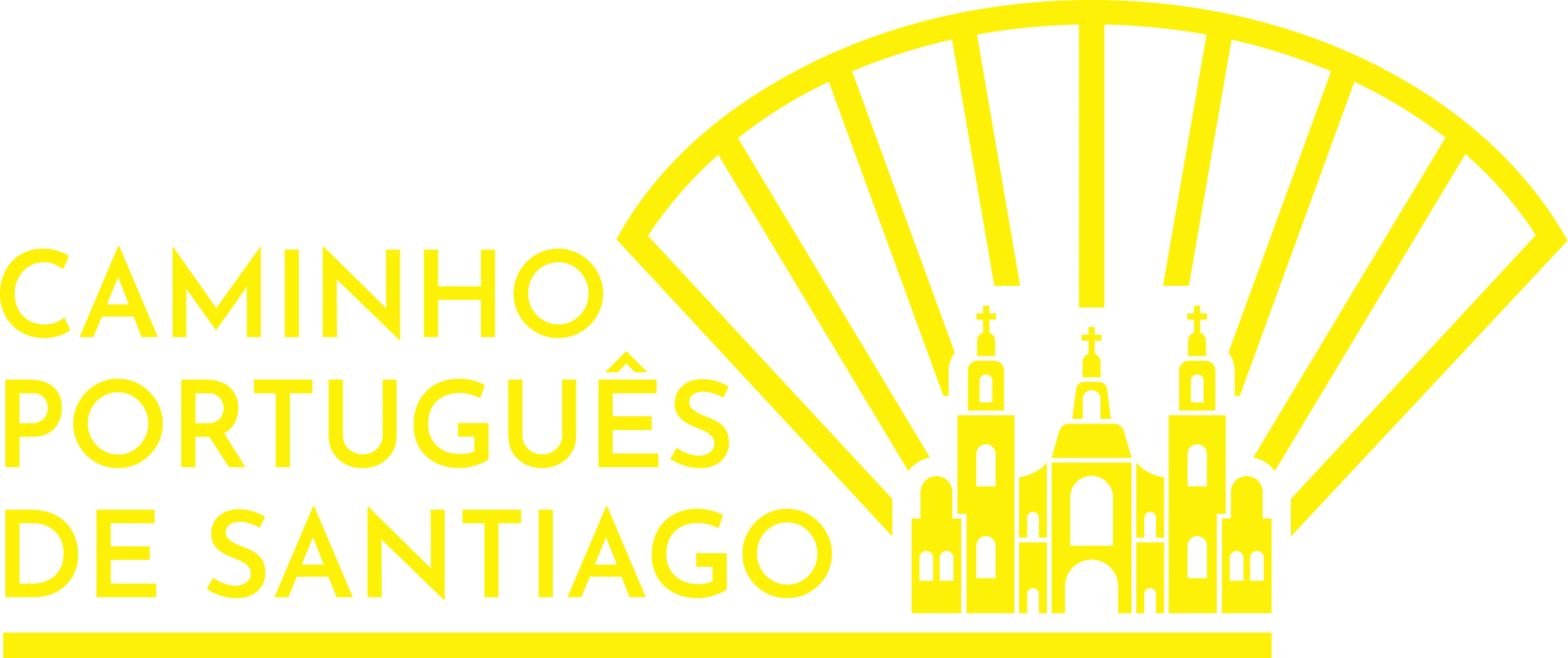

Subscribe to our Newsletter and receive the free Camino de Santiago Checklist to prepare you for the adventure of a lifetime!
The Caminha - Porto Mougás stage is a breathtaking adventure from start to finish. It couldn't start more differently, as you have to take a boat to Galicia. For the more inattentive, just ask the people in the hostels or where you're staying to tell you the number or even book the boat (which takes up to 4 people).
After that, we entered Spain. If up until now the journey had been based on pure improvisation, choosing the most attractive route every day, from here on in it was more certain and straightforward.
Despite the beauty of the cities and nature combined with the sea, we have long periods on the roads, which can make us feel unsafe during the ride.
Once you've decided whether you're going by boat to Guarda or on foot to Valença, you need to book your place on one of the many maritime transportation services on the Portugal Galicia crossing. It sometimes happens that these same services provide transportation to the boat, so it's important to make the reservation yourself so that all the details are taken care of.
Guarda is a beautiful town, built around the sea, with buildings that hide the interesting things inside. However, as walkers, pilgrims can discover all the secrets of these streets.
Resting watching the sea crashing against the rocks, and even better if you have a bush to rest on. It's the first area, after the real start of the walk in A Guarda, where we have the opportunity to sit down and simply enjoy a bit of time without anyone around. Now in Spain, this activity is becoming less and less possible.
One of the favorite places for pilgrims. If you don't know it and only see pictures of it, you'll think you're in Greece or Italy when you see the deep blue sea, divided by the beautiful houses nestled naturally in the mountains. Although we are still in Spain, Oia seems to be in a world of its own.
After leaving the wonderful Oia, we find ourselves sandwiched between the national road and the sea, as is usual on this crossing. Here, we find a shy exit, with an even shyer locality. With just one hostel (with plenty of room) and a solitary café, it's a place we don't expect much from, but which gives us great memories.
Not in principle! The yellow arrows are clearly marked on the ground. If you're in any doubt, just look around and see which direction the other walkers are heading. Another idea is to ask someone how to get to the Carvalhido church.
Incidents tend to be minimal and many people make the journey alone. However, safety can be subjective. Many hikers do the route, so if you're afraid you can always ask for help.
This is the most urban stage of the Portuguese route. At the entrance to Vairão, the difference in the natural landscape is remarkable.
